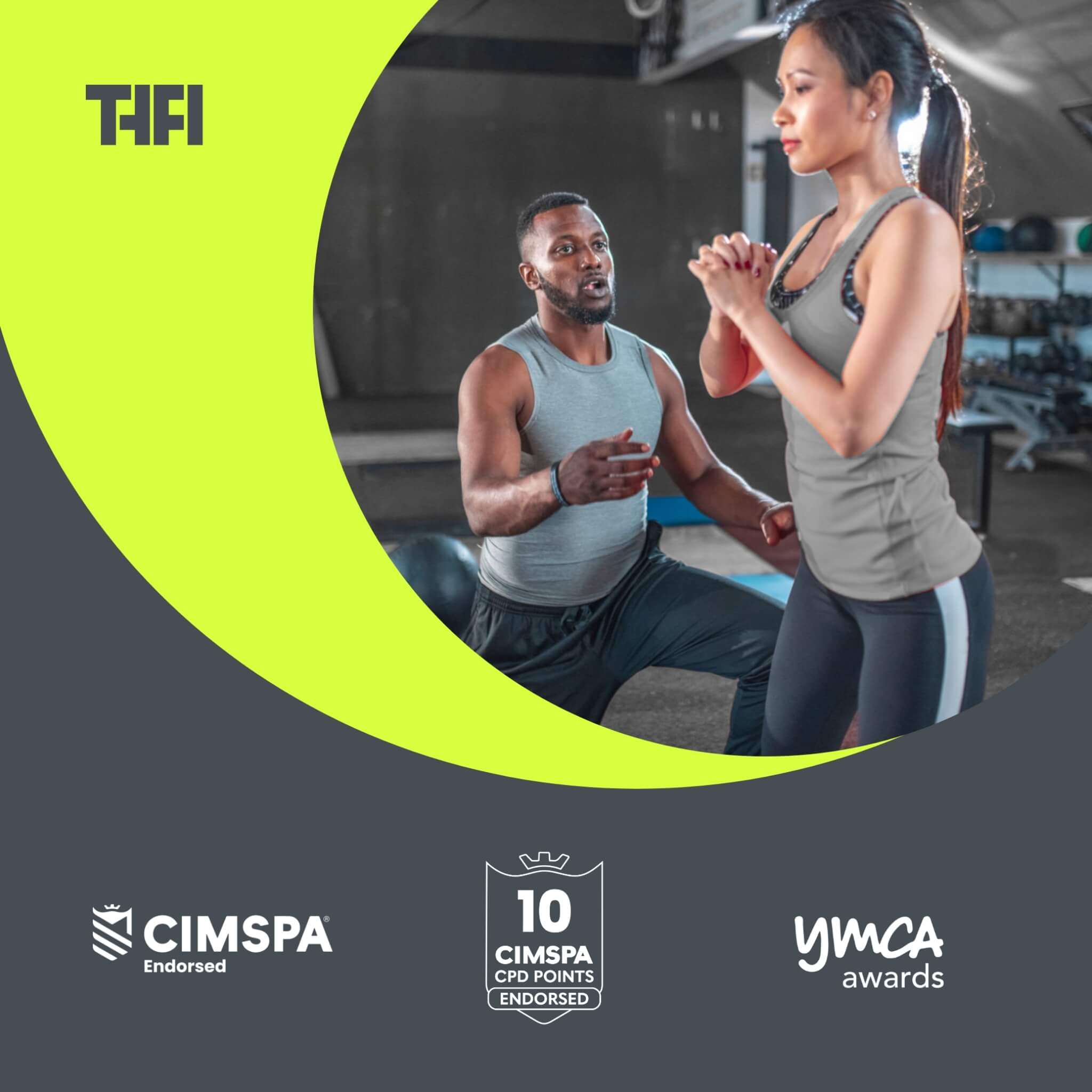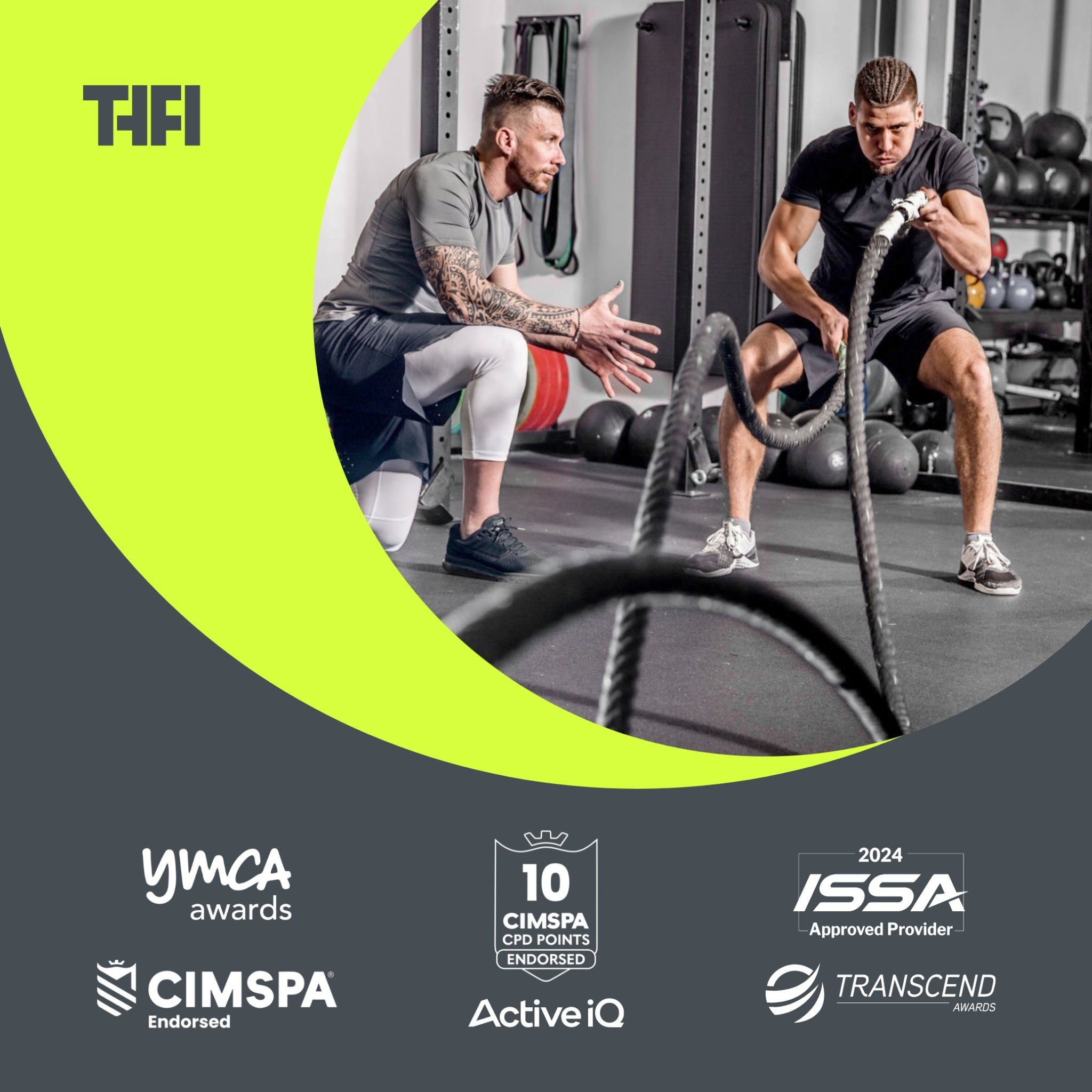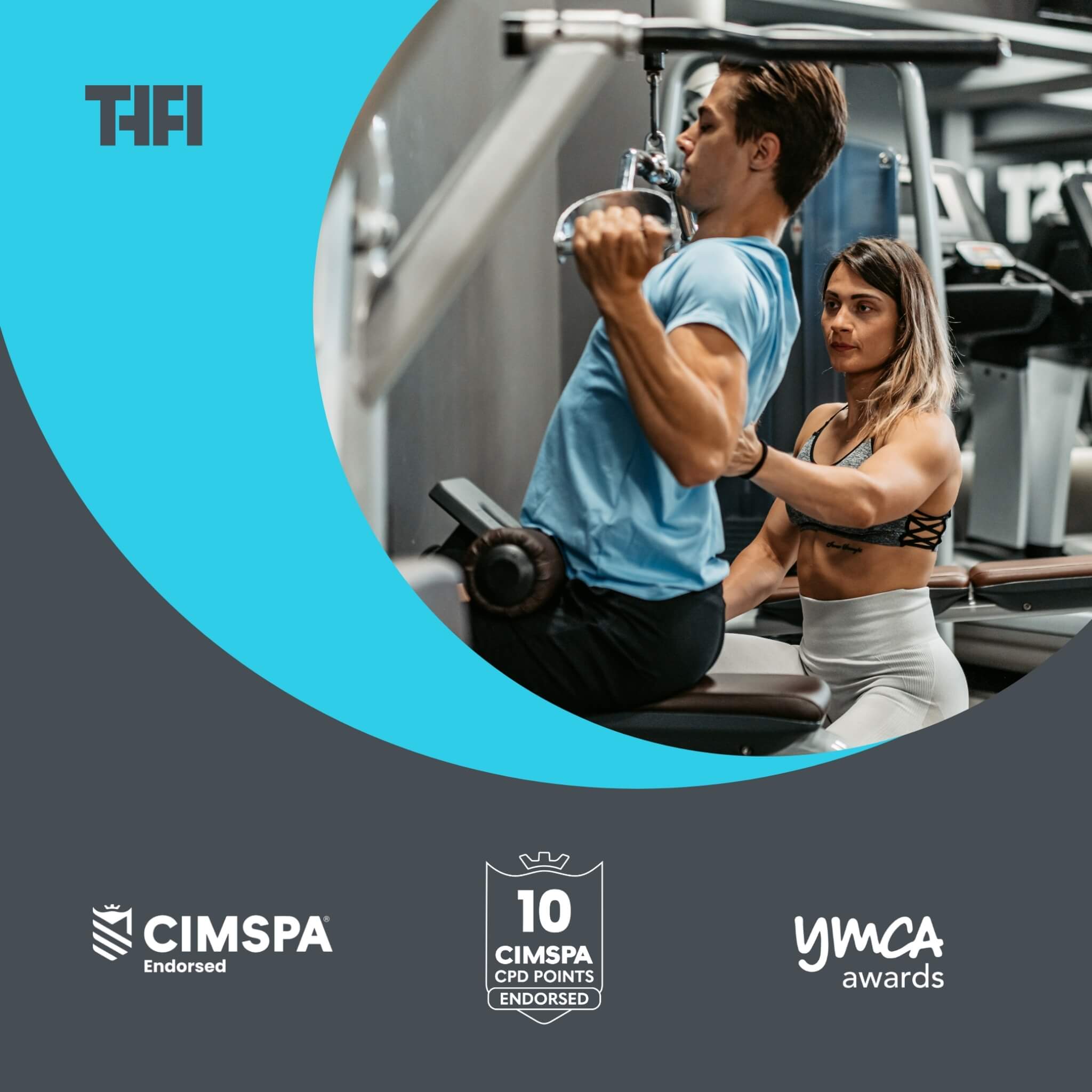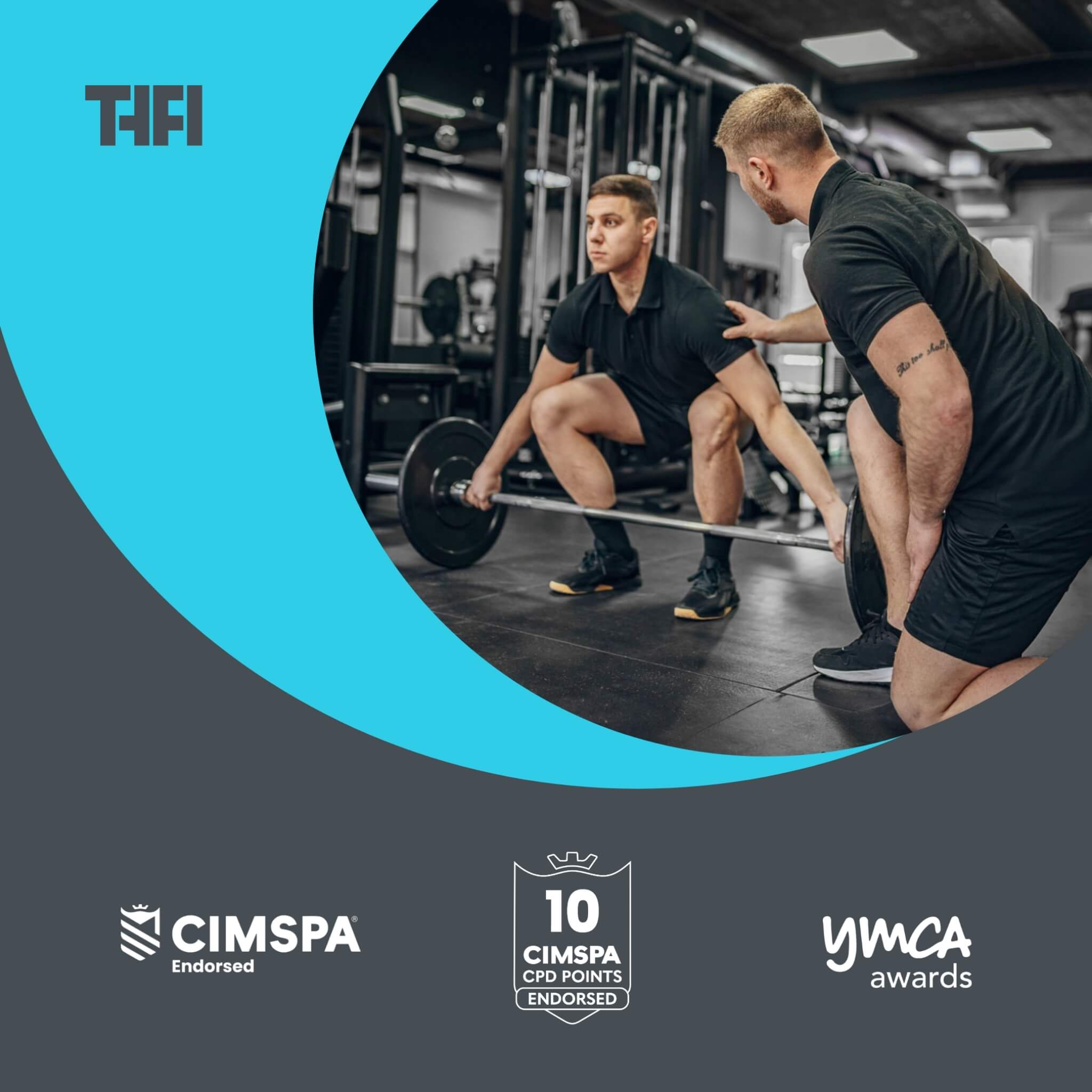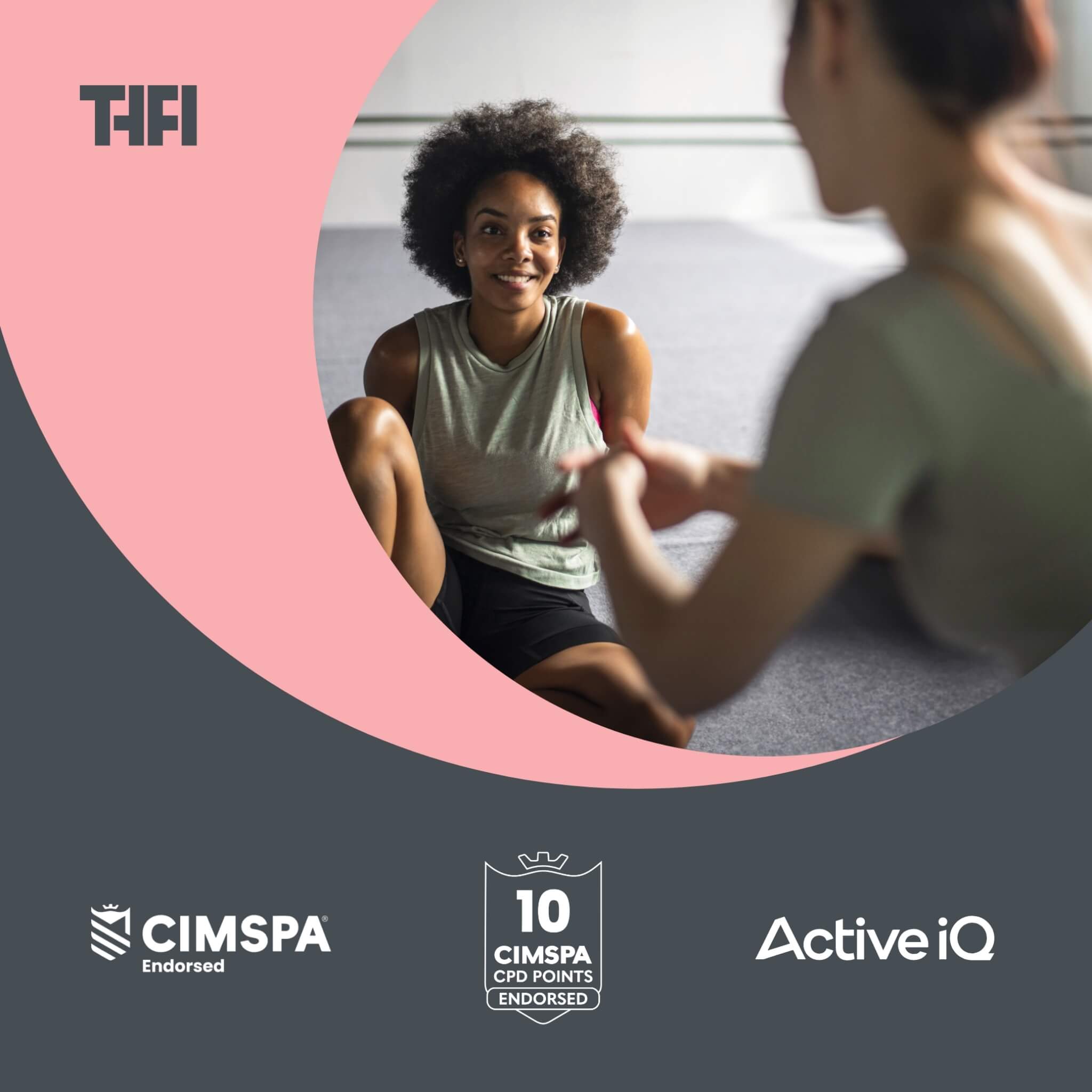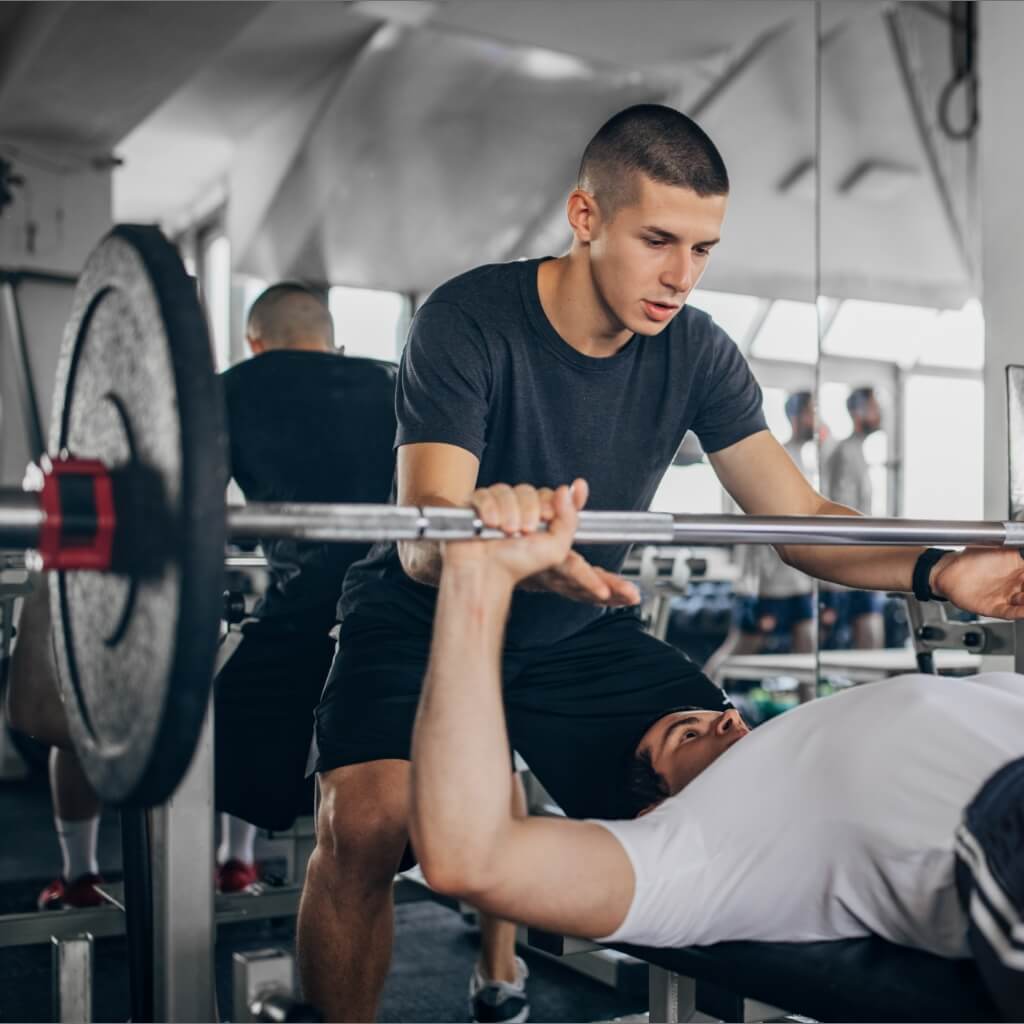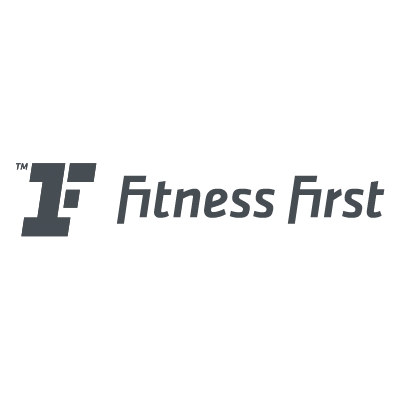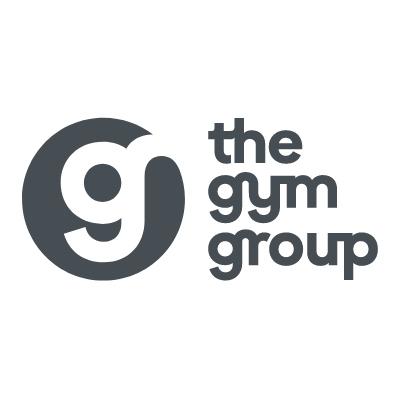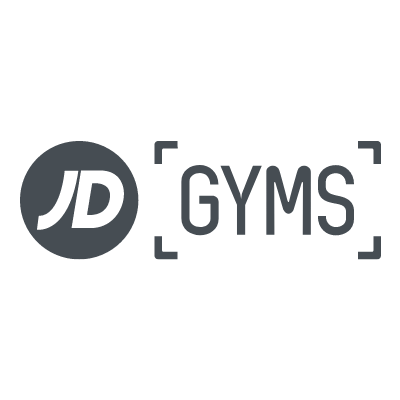How Does Sports Therapy Complement Personal Training?

How Does Sports Therapy Complement Personal Trainers?
If you’re a personal trainer, sports therapy can be a game-changer for your clients…
It’s a great way to make sure they’re able to train to their full potential and get the best results possible in the gym.
But more importantly, you’re dramatically reducing the risk of serious injury.
Better gym performance, faster recovery, and improved flexibility are just some of the other reasons why every PT should consider incorporating sports therapy methods into their clients’ programs.
If you want to find out how, this article shows you…
First Of All, What is Sports Therapy?
Sporty therapy is focused on the prevention, treatment, and rehabilitation of sports-related injuries. The primary focus is to help people recover from injuries, improve their physical performance, and prevent future injuries. That’s done by manual therapy, exercise prescription, injury assessment, and management.
The Role of a Sports Therapist
A sports therapist specialises in diagnosing and treating sports-related injuries. Their responsibilities include conducting biomechanical assessments, designing rehabilitation programmes, and providing manual therapies like massage and joint mobilisation. While physiotherapists also treat injuries, sports therapists often focus more on athletic performance and injury prevention, making their role distinct yet complementary to that of personal trainers. Rehabilitation techniques can include:
- Providing injury treatment through massage, electrotherapy, and taping.
- Creating personalised rehabilitation plans for your clients.
- Providing first aid when and where necessary.
- Ensuring the appropriate strappings and protection are used before and during exercise.
- Offering treatment for injuries including muscle strains or impact injuries.
- Referring clients to the relevant sports or medical practitioners for additional treatment.
How Does Sports Therapy Benefit My Clients?
Enhanced Injury Prevention
One of the primary benefits of integrating sports therapy into personal training is enhanced injury prevention. By understanding and addressing biomechanical issues early, sports therapists can help prevent common injuries such as sprains, strains, and overuse injuries. For example, a sports therapist can identify improper movement patterns and work with a personal trainer to correct these through targeted exercises, reducing the risk of injury.
Accelerated Injury Recovery
Combining sports therapy with personal training can significantly speed up recovery times for injured clients. Sports therapists provide specialised treatments that aid in reducing inflammation, restoring mobility, and rebuilding strength. For instance, incorporating manual therapy and specific rehabilitation exercises can help clients recover more quickly from injuries like ligament tears or muscle strains so they can get back into their regime faster and with greater confidence.
Improved Performance
Integrating sports therapy techniques can also lead to improved athletic performance. Sports therapists use various methods to enhance strength, flexibility, and endurance. Techniques such as deep tissue massage, joint mobilisation, and tailored exercise programmes can address muscular imbalances and optimise movement efficiency, leading to better overall performance inside and out of the gym.
Pain Management
Sports therapy offers significant benefits for personal training clients dealing with pain. It employs a range of techniques aimed at alleviating pain, improving mobility, and promoting overall well-being. Key methods include massage, stretching, myofascial release, and targeted exercise programs. Massage therapy helps to relax tight muscles, increase blood flow, and reduce inflammation, providing relief from chronic pain and discomfort. Stretching routines enhance flexibility and reduce muscle tension, which can alleviate pain caused by muscle stiffness and imbalances. Myofascial release targets the fascia, the connective tissue surrounding muscles, to relieve tension and improve movement.
How Can I Incorporate Sports Therapy Techniques With My Clients?
Collaborate with Sports Therapists
Establishing a relationship with sports therapists is a good place to start. Try reaching out to local sports therapy clinics or attending industry conferences and workshops. Jointly organised events or workshops can also be an excellent way to establish collaborative relationships so you can refer your clients if they’re struggling with injury.
Collect Your Certifications
If you want to integrate sports therapy into your service as a personal trainer, you can collect various additional certifications. The ideal way to start your journey would be to study THFI’s Level 3 Diploma in Gym Instructing and Personal Training. This course provides you with a core understanding of sports therapy techniques to help you further your education and broaden your skillset as a personal trainer. These certifications not only expand your knowledge but also enhance your credibility, attracting more clients who seek a holistic approach to getting in shape.
Utilise Basic Therapy Techniques
Integrating basic sports therapy techniques into your training sessions can unquestionably improve your clients' results. Techniques such as dynamic stretching, foam rolling, and basic massage can be safely used to aid in muscle recovery and flexibility. Additionally, incorporating injury prevention exercises, like balance and proprioception drills, can further support your clients’ fitness journeys.
A Final Word
The bottom line is combining sports therapy with personal training can help take your clients' results to the next level. It helps prevent injuries, speeds up recovery, and boosts overall athletic performance. Working with sports therapists, using therapeutic techniques, and staying up-to-date with your education allows you to offer a more well-rounded service. This unique approach will definitely make you stand out from other trainers at the gym.





